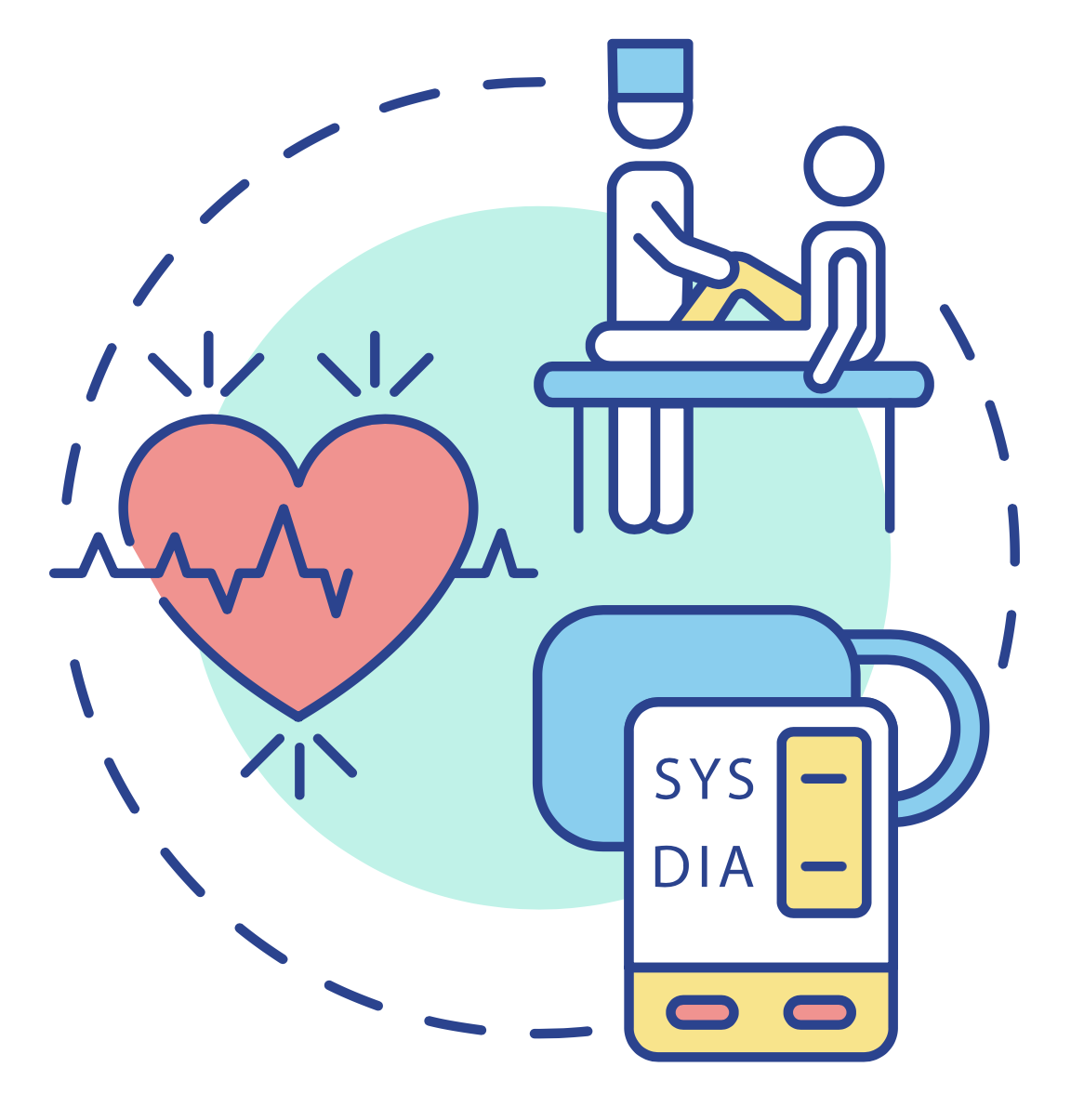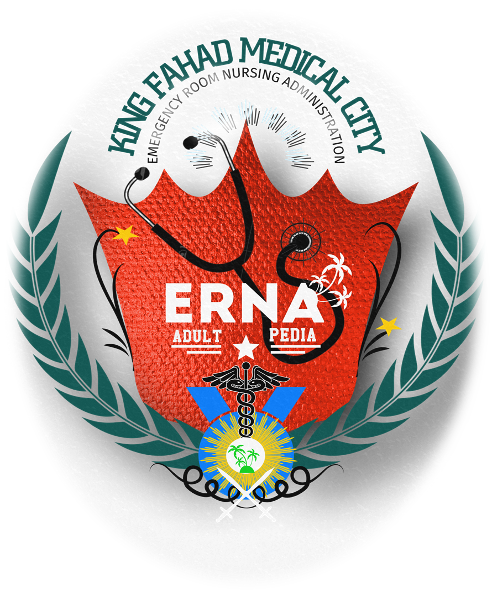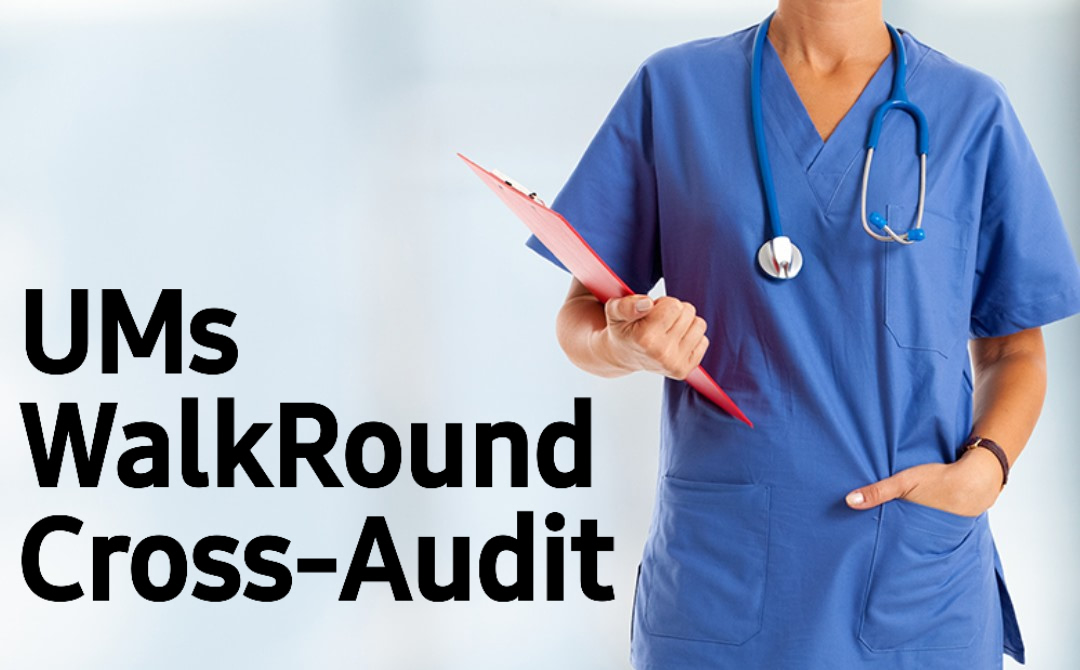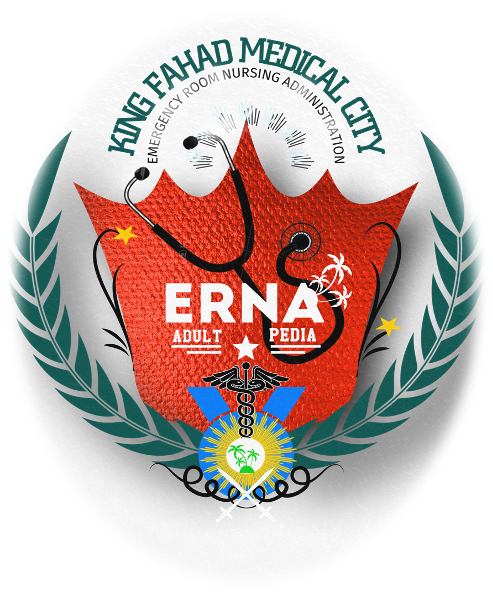Title Page
-
Site conducted
-
Conducted on
-
Prepared by
-
Location
-
Documented Nurse
-
MRN
-
Length in ED
ED Assessment and Documentation Audit
Patient Identification
-
Patient identification Verified (BCMA Scanning)
CTAS and Acuity
-
CTAS level are appropriately selected on arrival
-
CTAS Level are appropriately selected in case of changed of patient conditions or acuity
-
John Depency tools documented accurately per shift or any changes of patient condition
-
Completion of the nursing acuity John Dependency each shift
Physical Assessment
-
Patient's physical assessment done accurately
-
Physical reassessment documented in each shift and if change of patient condition
-
Completeness of the physical assessment in each entry
Medications
-
Ordered medication: Acknowledge and carried out
-
Medications are administered on time following the KFMC policy on medication administration
-
IV Medication associated to Alaris pump
-
Dual signatures performed before procedure
-
All stat ordered carried out accordingly
-
For late administrations - reason for late administration is documented in the nurses notes
-
Medication dual sign off
MEASURABLE GOALS/ NURSING CARE PLAN
-
All sections of NCP appropriately completed
-
Patient assessed/ Reassessed
-
Nursing Diagnosis according to NANDAi
-
Measurable Goals are SMART
-
Goals in line with the nursing diagnosis
-
Proof of carrying out of planned care
-
There is evaluation of measurable goal
-
Age specific assessment completed
-
Psychosocial assessment completed
-
Care plan is updated and evaluated every shift
FALL RISK SCREENING
-
Use of appropriate and complete assessment tool. Ensure correct total score and interventions are ticked
-
All patients are assessed for risk of falling on admission, transfer, following a change in condition and/or post fall
-
Reassessment of falls should be done as per guidelines stipulated in the tool
-
A plan of care including fall prevention and precautions is to be implemented. Ensure preventive actions and interventions are ticked
-
Provide education on Standard Falls Precaution upon admission and as indicated
-
Post Fall Management: Recording fall in notes, completing a Datix report
-
COmpleteness of the data entry is observed
PAIN ASSESSMENT, REASSESSMENT AND MANAGEMENT
-
Initial pain screening upon admission
-
Pain screening at specified interval (ex. Postoperative), vital signs or change of condition
-
Use of appropriate KFMC approved pain assessment tool (Wong Baker, Visual Numeric, CRIES, FLACC, MCPOT)
-
Complete pain assessment and reassessment for patients in pain
-
Provide assessment and management education upon admission and as indicated
-
Completeness of the data entry is observed
NUTRITIONAL SCREENING
-
Patient is screened by nurse within 24 hours upon admission using the approved nutritional screening form
-
Patient's risk category ticked
-
Relevant patient risk factors ticked
-
Patient's height and weight recorded
-
Patient at risk referred and seen within 24 to 72 hours name of dietician informed, date and time of referral
-
Patients not at risk is referred within 7 days of admission (date of referral written)
PATIENT AND FAMILY EDUCATION
-
Patient's educational abilities and barriers are assessed and documented
-
Patient or family educational needs are assessed and documented
-
Patients and families are educated about: Participation in Care Plan
-
Patients and families are educated about: Infection control practices and personal hygiene
-
Patients and families are educated about: Required treatments and procedures
-
Patients and families are educated about: Use of Medical Equipment or appliances
-
Patients and families are educated about: Necessary medications, the frequency, potential side effects and food drug interactions
-
Patients and families are educated about: Rationale and benefits of any dietary restrictions
-
Patients and families are educated about: Pressure ulcer prevention
-
Patient educated using appropriate tools or methods
-
Evaluation of patient/ family's response to education (action plan generated if understanding unsatisfactorily)
-
Completeness of the form
SOCIAL WORKER SCREENING
-
Patient is screened by the nurse within 24 hours of admission using the screening form
-
Patients subsequently requiring social worker intervention, the patient is directly referred – documented in the nurse’s notes
-
Patients that needs referral are referred accordingly – referral is documented in the nurse’s notes
-
Completeness of the data entry is observed
LDA AND WOUND DOCUMENTATION
-
All related lines are documented
-
Assessment for line related documentation are documented accurately
SKIN ASSESSMENT / PRESSURE INJURY
-
Patients who present to the emergency department and outpatient areas for a period longer than 6 hours, performed pressure risk assessment
-
Skin assessment documented accurately for initial assessment
-
Intervention done to prevent pressure injury
-
Reassess patient according to risk factor, change of patient condition and transfer
-
All pressure ulcers reported on the Datix incident reporting system and documented in the Daily Care Safety Checklist
-
Appropriate preventive measures implemented for at risk patients
OTHER ASSESSMENT AND SCREENING
-
Intake and output chart documented accurately
POCT
-
POCT Blood glucose documented as per workflow
-
POCT Urine Analysis documented as per workflow
-
POCT Urine pregnancy test documented as per workflow
-
POCT RSV documented as per workflow
PROCEDURAL WITHOUT SEDATION (E.g.: Biopsy, PICC Line insertion, Lumbar puncture e.t.c)
-
Valid and completion of informed consent are documented and available
-
Pre Verification Procedural completed
-
Surgical Safety Checklist (Sign in, Time in and Time Out) are completed for updated version
CONSENT
-
Valid general consent available in the patient's file
-
Consent sign by the patient or legal patient's guardian
-
Signed by 2 witnesses or as needed per policy
-
Reason of patient unable to sign documented in the consent
-
All other information are completed
-
No abbreviations used
OTHER DOCUMENTATIONS
-
All communication between providers documented in the provider notification
-
Nurse In charge review the documentation every 12 hour of shift or more
-
Endorsement between shift documented and receiving with acknowledgement
-
Endorsement during shift documented and receiving with acknowledgement by the 2nd nurse
-
Handover template is used (ISBAR) in documenting handover
-
Handover is done whenever responsibility for the care of a patient is transferred to another healthcare provider and documented
-
Handover template is completely filled up, no unapproved abbreviations used
CRITICAL RESULT DOCUMENTATION
-
Critical result escalated and documented accurately
BLOOD AND BLOOD PRODUCT ADMINISTRATION
-
Blood type and screen collected with dual signatures documented
-
Consent for blood and blood product is secured and completed
-
Baseline vital signs taken and recorded prior to obtaining the blood products from the blood bank
-
Patient is monitored for early signed and symptoms of transfusion reaction every 15minutes for the first hour, every 30 minutes in the second hour and hourly thereafter
-
Product type , blood group and rhesus factor, volume, transfused and rate, product identification number, patient vital sign, and patient assessment finding and tolerance to the procedure documented in the nurses notes.
PATIENT AND FAMILY RIGHTS (PATIENT BELONGINGS)
-
Patient valuables and belonging upon arrival to the room checked and documented
-
Disclaimers on valuable and belonging completed upon the patient's arrival in the ward
-
Patient and family education on patient valuables and belongings given and documented.










